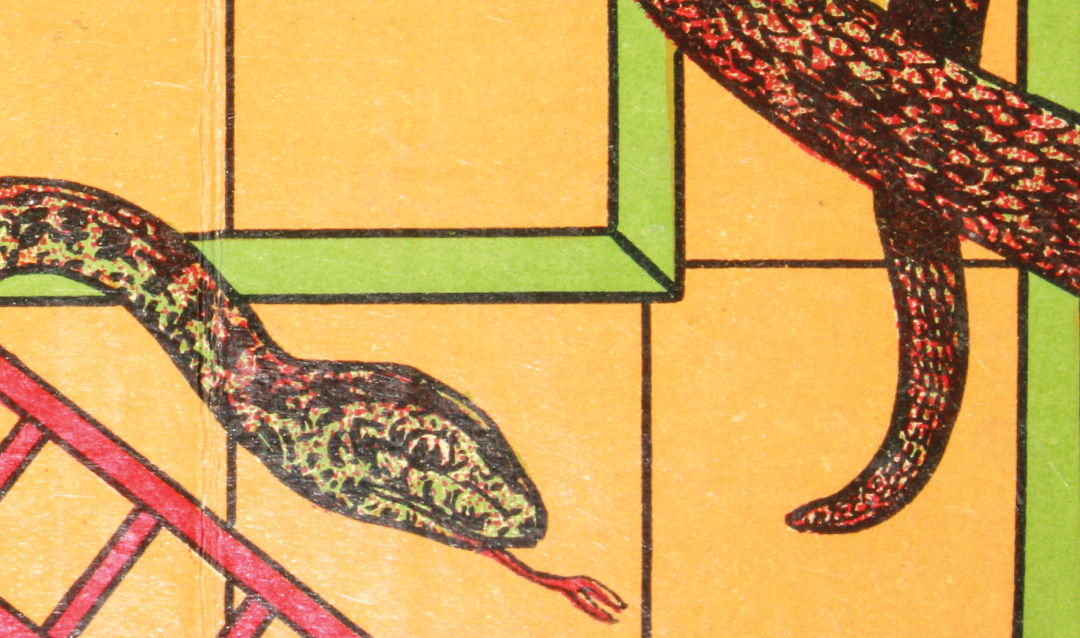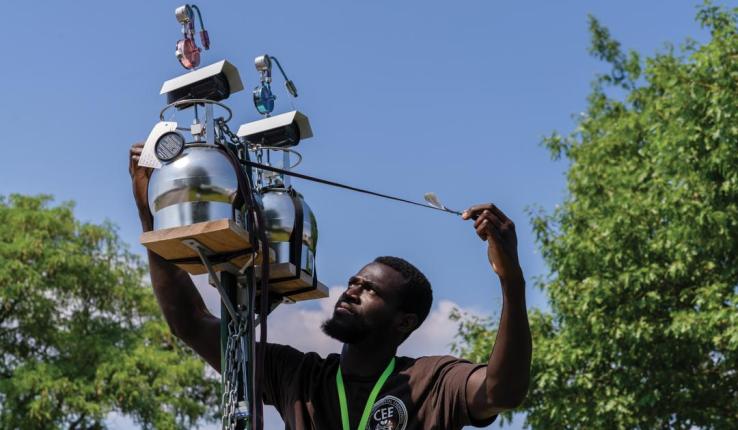A simple device used today in games like Backgammon and Yahtzee was employed to help divine the futures and fortunes of people along the Silk Road more than a millennium ago.
That’s what Constance Cook, professor and chair of the Department of Modern Languages & Literatures, and two other scholars found when one stumbled upon an untranscribed 10th Century manuscript preserved in the British Library and originally from Dunhuang, China, and they decided to decode it together. The painstakingly difficult work was the genesis for their book, “Dice and Gods on the Silk Road: Chinese Buddhist Dice Divination in Transcultural Context.”
Each author brought different expertise to the project. Cook specializes in the study of excavated texts from ancient China. Brandon Dotson is a scholar of medieval Tibetan Buddhism at Georgetown University. Zhao Lu of New York University Shanghai researches intellectual history, mostly of the Han Dynasty. The idea for the book was hatched over conversations at the 2017 International Consortium for Research in the Humanities, which was held at the University of Erlangen-Nuremberg in Germany with the theme “Fate, Freedom and Prognostication: Strategies for Coping with the Future in East Asia and Europe.”
“The three of us got together and we decided to crack this manuscript,” Cook said. “And in the process of cracking it, we started to understand a lot about the use of dice. The connection between gaming and divination is a very old one.”
The team translated related divination texts, some from the Han Dynasty, which ran from the Second century BCE to the Second century CE. In each case, the numbers derived by dice or stalks, created mantic combinations.
The dice used in Silk Road divination were long flat rectangles carved out of stone or bone, with numbers 1 through 4, which they threw three times. The diviners looked up the resulting numerical trigrams in the manual to interpret their clients’ fortunes.
The authors found that each numerical code from rolls of the dice would indicate a different god, one from a mixed pantheon of Hindu, Buddhist, Daoist, or other local deities.
They explain in the introduction: “This book is about movement: the random movement of dice as they fall through the air and then settle on the ground in a particular configuration; the ontological and positional movements of the gods and diviners through a ritual that brings about their intersection; and the physical movement of dice, books and ritual techniques across India, Central Eurasia, and China.”
How seriously the ancients took the predictions the diviners made from the dice is an open question. Games such as “Chutes and Ladders” or “Snakes and Ladders” originated in ancient India and likely had magical beginnings.
“A lot of games that now have devolved into what we consider just sort of fun may have had rather serious beginnings,” Cook said. “But in these texts there are also playful elements.”
Key to the book’s thesis was the importance of the Silk Road, the system of trade routes that connected China and the Far East with the Middle East and Europe.
“One of the main things that came across the Silk Road, besides merchants and traders, was the Buddhist religion which came into China in the late Han period,” Cook said. “There was a huge influx of different kinds of people, different practices, different traditions and also different kinds of Buddhism. China was multicultural; it was never homogeneous.”





